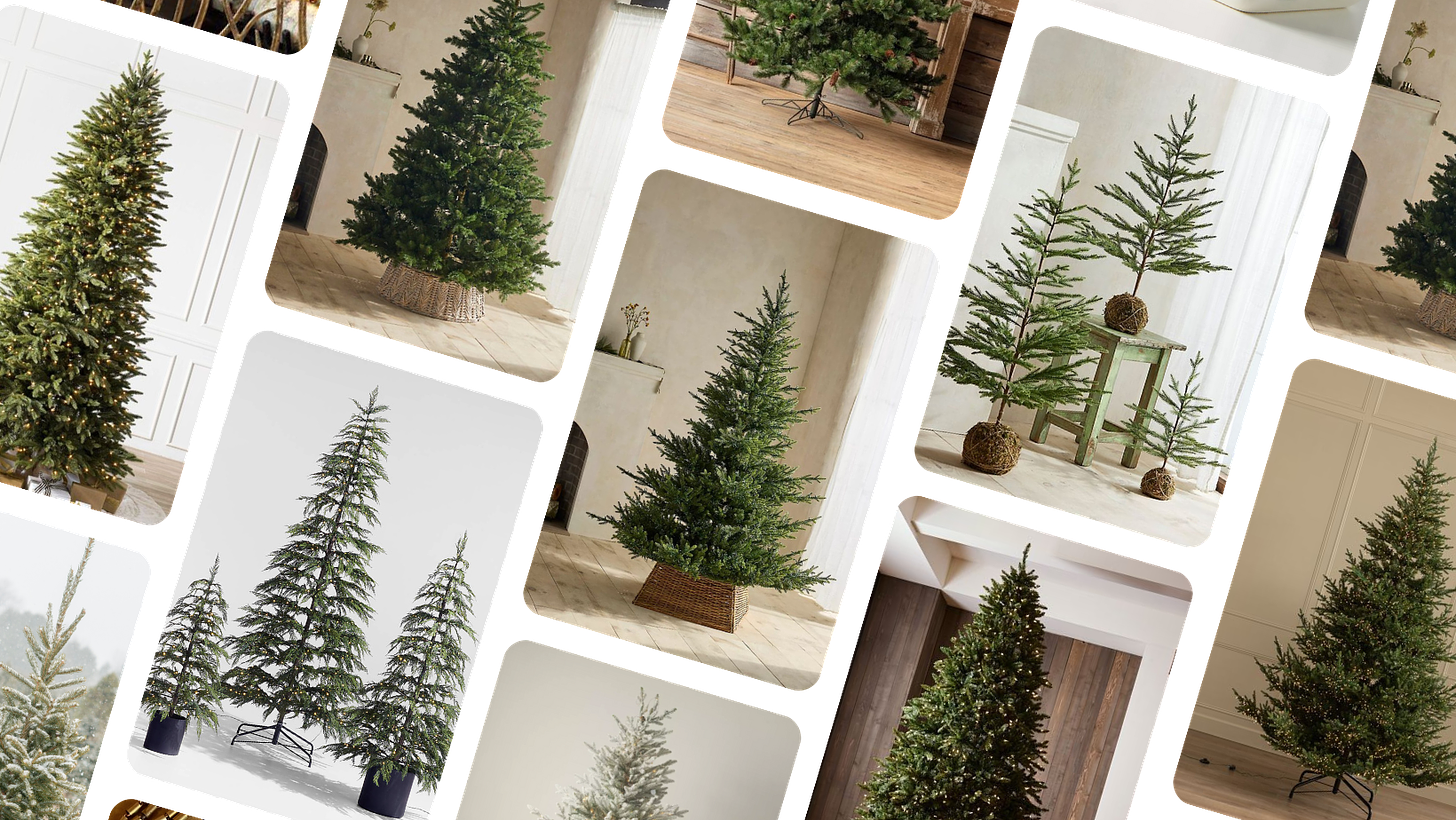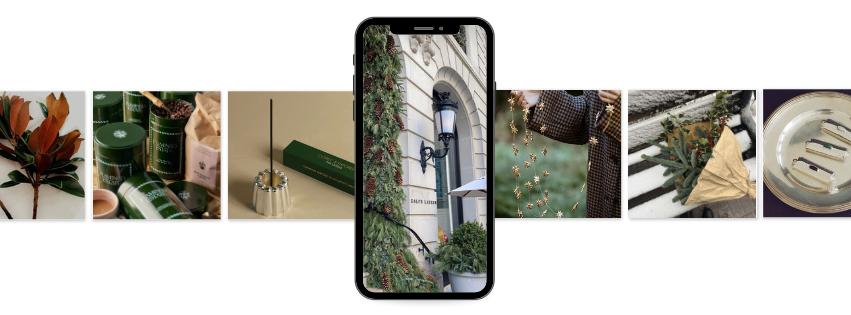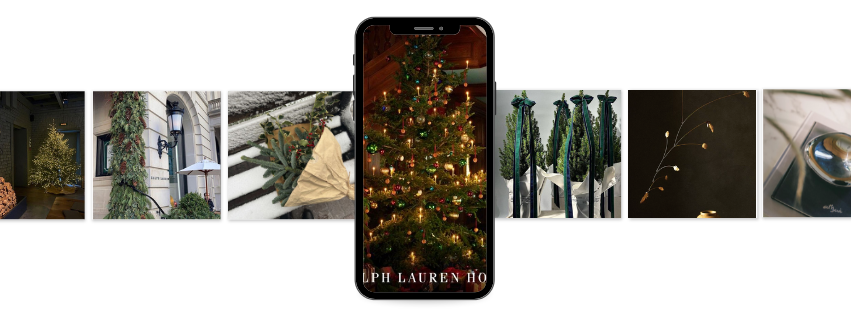Tree-t Yourself
Want a designer-level holiday tree without the stress? Discover the Secret Formula to a Chic, Effortless Tree
If you’re anything like me, there’s something quietly satisfying about easing into the holiday season—not rushing, but adding touches of warmth and character, one piece at a time.
Or maybe you’re wondering how something like tree fluffing can take up an entire afternoon (trust me, it can!). This year, let’s keep it simple—no stress, no last-minute scrambling—just a tree that looks like it belongs in the coziest, chicest cabin imaginable.
We’re going for that understated luxury vibe with a worn-in, collected look that feels timeless and effortless. Consider this your step-by-step, no-fuss guide to creating a holiday tree with layers of charm, refined touches, and maybe even a little Ralph Lauren-esque edge.
But first, a playlist…
Start with a Strong Base
Choose a tree with a natural shape—think Douglas or Noble Fir.
If you’re going artificial, Balsam Hill’s Nordmann Fir captures that “fresh from the forest” look with luxe branches that fluff to perfection.
Bonus: it’s reusable, easy to store, and looks effortlessly real.
Tree Fluffing Tips for the Perfect Cozy Look
Set the tone with a full, well-shaped tree—this foundational step adds instant luxury. Use gloves to fluff every branch and create depth.
Start from the Bottom Up: Begin at the bottom and work your way to the top, section by section. This ensures each branch gets the attention it needs without overlooking any area.
Spread Branches Horizontally and Vertically: Don’t just fan branches outward—pull some slightly up and others down for a more organic, layered look that mimics real evergreens.
Focus on the Depth: Reach deep into the tree and fluff branches near the trunk. This creates a sense of fullness and dimension, avoiding any “bare spots.”
Angle for Realism: Slightly tilt the ends of branches up; it replicates the natural way branches grow and gives the tree a more lifelike, layered effect.
Use Gloves for a Fuller Fluff: Wearing gloves can help you really get in there without scratching your hands—plus, it helps give branches a fuller, fluffier spread.
Layer in a Few Extra Green Sprigs: Add some extra sprigs or pine stems to fill gaps and add more texture. Pine, eucalyptus, or cedar sprigs can add depth and a fresh look to any artificial tree.
Step Back Often: Pause and step back often to check your work from different angles. It helps catch uneven areas or overly fluffed sections, ensuring it all looks natural and balanced.
Favorites: Balsam Hill’s “Frasier Fir Flip Tree” is the top choice for its realism and effortless setup. The branches mimic a real fir’s structure, giving a lush, designer-quality look right out of the box.










